 |
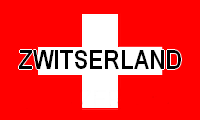
HISTORY SWISS helmets from M18 to M71 |
| translated with GOOGLE |
| After the outbreak of the First
World War, a general mobilization was proclaimed in Switzerland on
August 3, 1914. Three divisions were raised to strengthen border
defenses to prevent a possible spillover of the fighting into Swiss
territory. The introduction of the Stahlhelm by Germany, the Adrian by
France and the Brodie by England prompted Charles L'Eplattenier, a
patriotic sculptor, to be asked to devise a suitable counterpart. The
different factions in Switzerland started to come up with a draft. By
1916, Swiss involvement in the war was becoming increasingly unlikely,
reducing the need for a helmet. The French-speaking L'Eplattenier turned
to romantic paintings of Swiss battles as inspiration. The Swiss War
Department was looking for a steel helmet that was comparable to foreign
models in function, while the helmet also had to be distinguished by its
aesthetic qualities. The government itself had never officially
commissioned the development of this helmet. |
| |
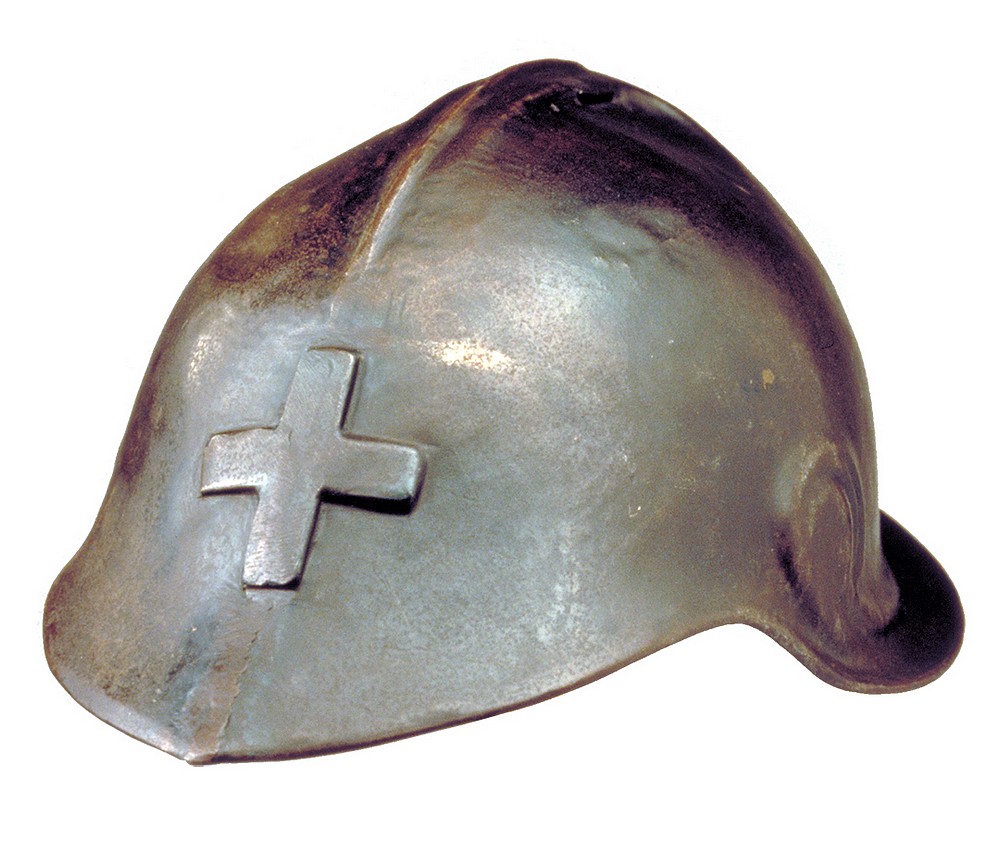 |
| The Swiss M17 from
L'Eplattenier |
| bb |
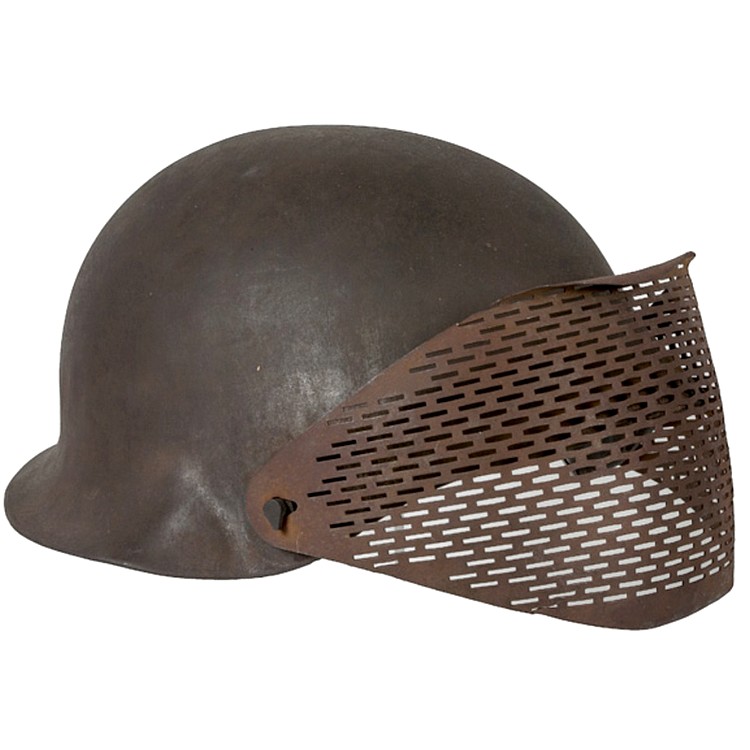 |
| Experimentel helmet Dunand
1916, inspiratian L'Eplattenier(?) |
| |
| The result was somewhat similar to
the 1916 Franco-American type helmet "casque Dunand", however deeper on
the sides and longer on the forehead, while also bearing the
characteristic Swiss cross embossed on the forehead as shown in the
photo up here. The removable liner, held on a rattan backing, sits above
it two intersecting arches with a small cushion, which supports the main
weight of the helmet. The helmet was first presented to the public on
September 15, 1917, when Commander Tretoyens de Loys posed with it in an
unauthorized photo shoot that was included in an issue of Schweizer
Illustrierte (pictured below). The helmet was praised, especially by the
French speaking part, for its beauty, originality and character. It was
designated model M17. Meanwhile, a model helmet was also being worked on
in other parts of Switzerland. A second version of the M17 was still
produced in 1918, with the sight reduced. This model was also rejected
due to its difficult manufacturing process and was to be replaced by a
simpler model. The new helmet was without the visor and embossed cross
that were considered superfluous, making it possible to manufacture it
from a single sheet of nickel steel. |
| |
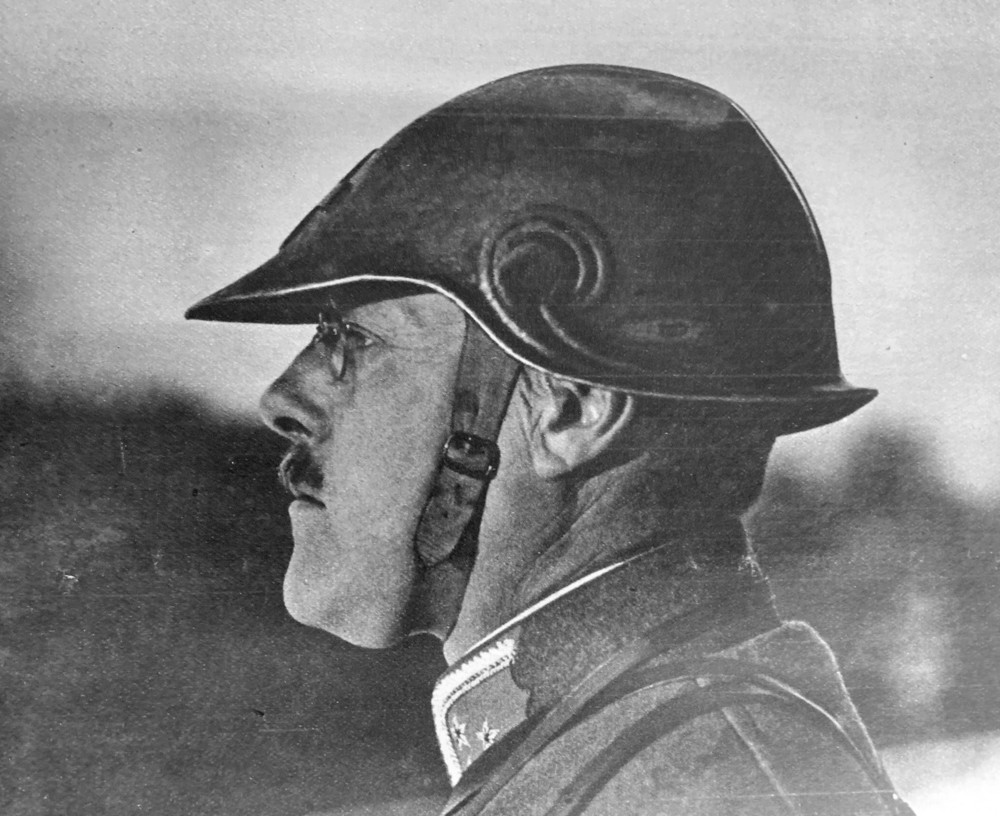 |
| commander Tretoyens de Loys |
| |
| Due to internal struggles, a
helmet based on the German model was eventually chosen. L'Eplattenier
saw the new model as a poor imitation of the German Stahlhelm, so that,
after being rejected, he filed a lawsuit against the Swiss government in
1919, which paid him 22,000 Swiss francs in compensation. The only
deployment of his helmet came on Armistice Day, when troops monitored
the progress of a general strike in Switzerland. The company Bremer
Torfwerken of Berlin also received compensation given that the new
helmet, according to them, was only an imitation of the German model 16
on the grounds that it was a protection of cultural property. Further
steps to court were not taken because they had other things to do in
1919. |
| |
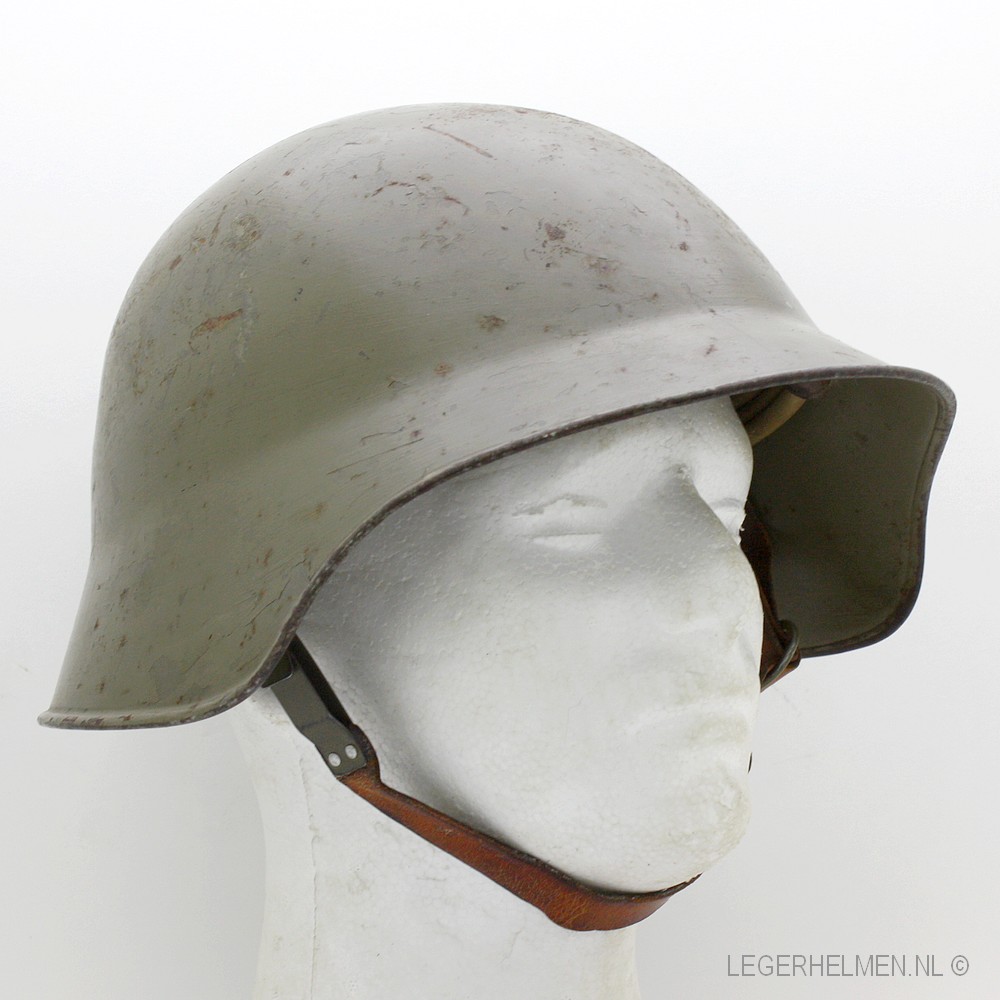 |
| The first green and original M18 |
| |
| The German speaking Colonel
Imboden of the Swiss Army was now formally and officially charged with
the design and manufacture of a new helmet model. But in reality it was
Dr. Edward Gessler and First Lieutenant Paul Böesch who carried out the
entire project. Probably in the same period as the development of the
M17. The new helmet was made of 1.5 mm thick manganese steel and this
solid model was first produced experimentally by the Werker factory in
Baden and then by the Metallwaren Factory in Zug in October 1917.
Contrary to what is often reported, its not sure that this helmet was
inspired by an American test helmet "model 5" but it was developed at
the same time and the Swiss knew that model. The resemblance is
striking. What is also striking is that no test models of the M18 exist
as far as I know. Finally, the M18, which closely resembles the German
M16, was taken into use at the beginning of 1918. The interior is also
remarkably similar to the German model. The final model became the green
M18 in the photo above. |
| |
.JPG) |
| Black with sawdustpaint
M18 1943 |
| |
|
That new helmet was officially introduced on February 12, 1918 as «Model
1918». It was painted olive green and had a smooth surface. But
shortcomings were also found during field use. On moonlit nights the
helmet was visible at 300 meters and a wet helmet reflected the light as
shown in the photo below. In addition, there was a noise and whistling
while driving and cycling through the draft and in cold weather, an
unpleasant experience so that the soldiers closed the ventilation holes
or started wearing a cap under the helmet. |
|
|
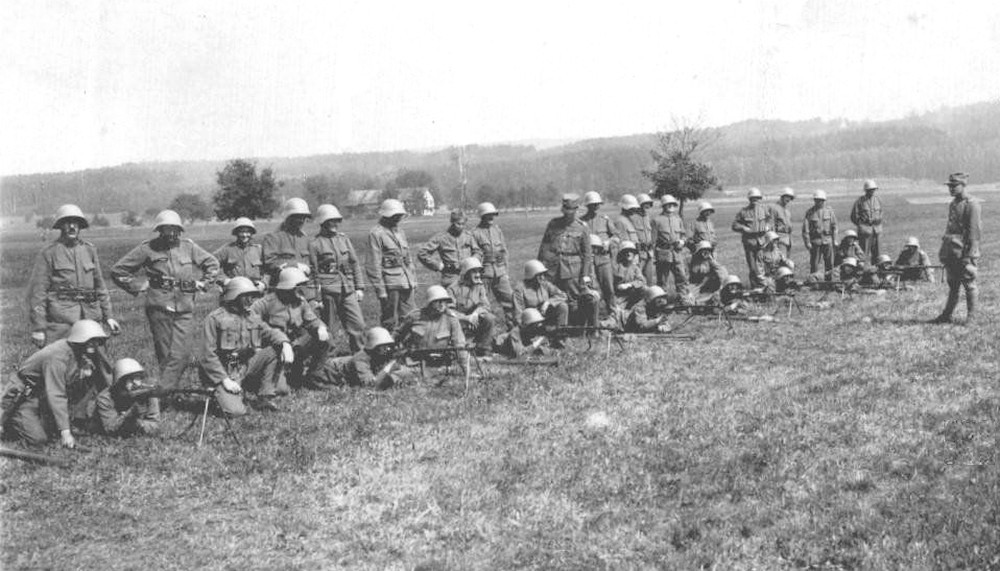 |
|
Clearly visible helmets compared to the uniforms |
|
|
|
There are a number of variants that are usually referred to as M18,
M18/40, M18/43 and M18/63. The differences are easy to recognize by the
liner of which there are three types. There are two types of helmet
shells. Those from before 1940 and those from after 1940, when the visor
got a bit bigger. The chinstrap was changed in 1930 so that it was
possible to put on a gas mask more quickly. You rarely come across that
first model chinstrap. The new spring-hook chinstrap remained in use
until 1975. In 1936 a blue-grey smooth variant was introduced for
departments other than the army. Argentina is the only country to have
adopted the helmet as M38. There they all got a different color and were
therefore called M38. Below the photo. Brazil got some copies to try out
but never used them. |
|
|
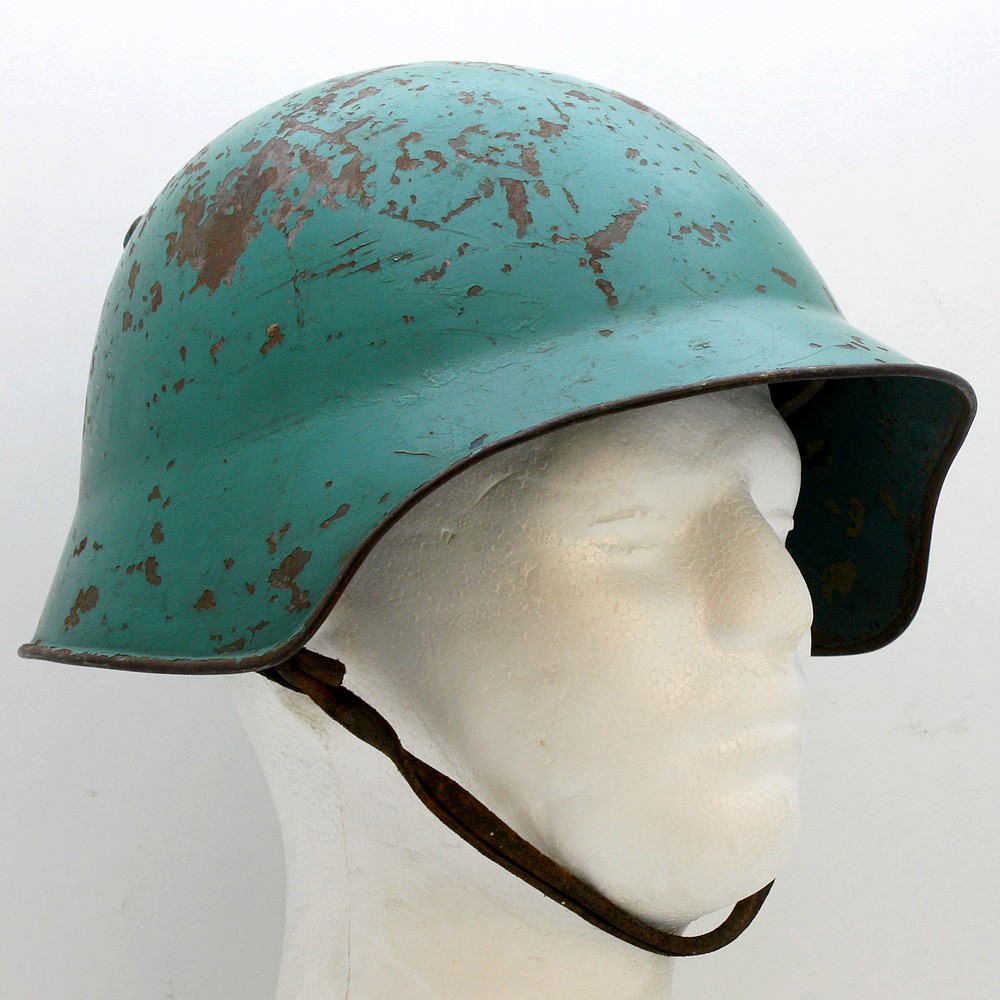 |
|
Argentinian M38 repainted in green police color |
|
|
|
The helmet shell of the M18 was modified in 1940 so that the visor was
slightly larger. This was necessary in order to be able to use the now
improved armament. In 1943 they were (almost) all sprayed Black with
glue and sawdust and sometimes sand or cork in the paint because they
were still too visible. The annular lining or liner was also adjusted to
a U shape, which improved ventilation. After 1943 it continued to be
used in many different colors by all units of the army, police and fire
brigade. So you can find them in two different models and with three
different linings. |
|
|
 |
|
Part of my collection |
| |
.JPG) |
| Post-1940 firefighter's helmet
from Zurich |
| |
|
The fire brigade M18 is always smooth and usually black with a hole at
the front to mount a logo or municipal emblem of arms. In 1963 there was
a three-part and slightly simpler leather liner for all models so that
the holes in the leather could no longer tear out. The aluminum M18 got
its own cheaper model liner in 1948. There were even plastic and leather
versions of the M18. Many helmets have been modified during use or have
been given a different color. Often helmet shells and liners are from
different years. |
| |
 |
| Black motorcycle helmet M48,
before 1971, Swiss production |
| |
|
In addition to the M18, 13,377 English helmets were imported in 1948
from Belgian and English army files. These were intended for the vehicle
crews and motorcyclists. These were initially two models with different
liners that were also used in Belgium. The purchased models were quickly
followed by helmets of almost the same model produced in Switzerland.
They can be recognized by the number of rivets. The English helmets came
in three sizes but the Swiss in one size. In 1962 the liner was
modernized and installed in all available helmets. They are called the
M48/62, photo above. The M48 was intended for use in vehicles and the
motorcyclists had a leather neck protector. Originally they were all
black, but after 1971 there were also green ones similar to the color of
the M71. The M48 for the vehicles was replaced at the same time by a
leather French model. |
| |
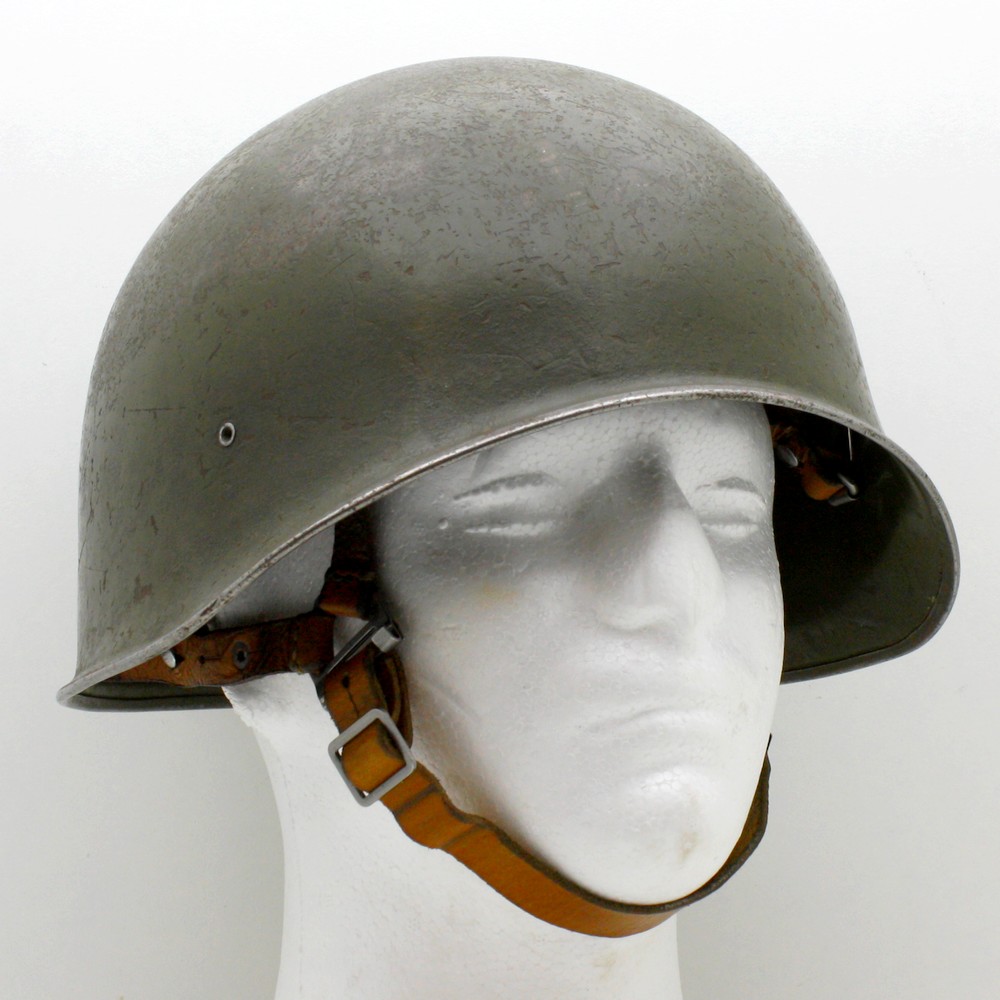 |
| M71 from the first smooth
paint production |
| |
|
The M18 helmet was issued to the military until about 1973 (other
sources say 1975) but was succeeded in 1976 by the M71, pictured above.
The M18 continued to be used by various services long after the
introduction of the M71. The M71 is often offered for sale as a
parachutist helmet, which is not correct. The M48 was used there and
after 1971 they received a French "Gueneau type 202". Called POPOV by
the tank crews because they sometimes used it as wel. The M71 was
developed from the late 1960s and was actually ready in 1971. It was not
until 1976 that they were actually issued to the units. The first year
without sawdust as with the M18. The M71 has never earned the respect it
should be given. It is a solid and comfortable model that is well made.
In the 1980s, Switzerland also switched to plastic models, often from
German production. |
| |
| copyright Ben van Helden (c) All
rights reserved 2023 |
| |
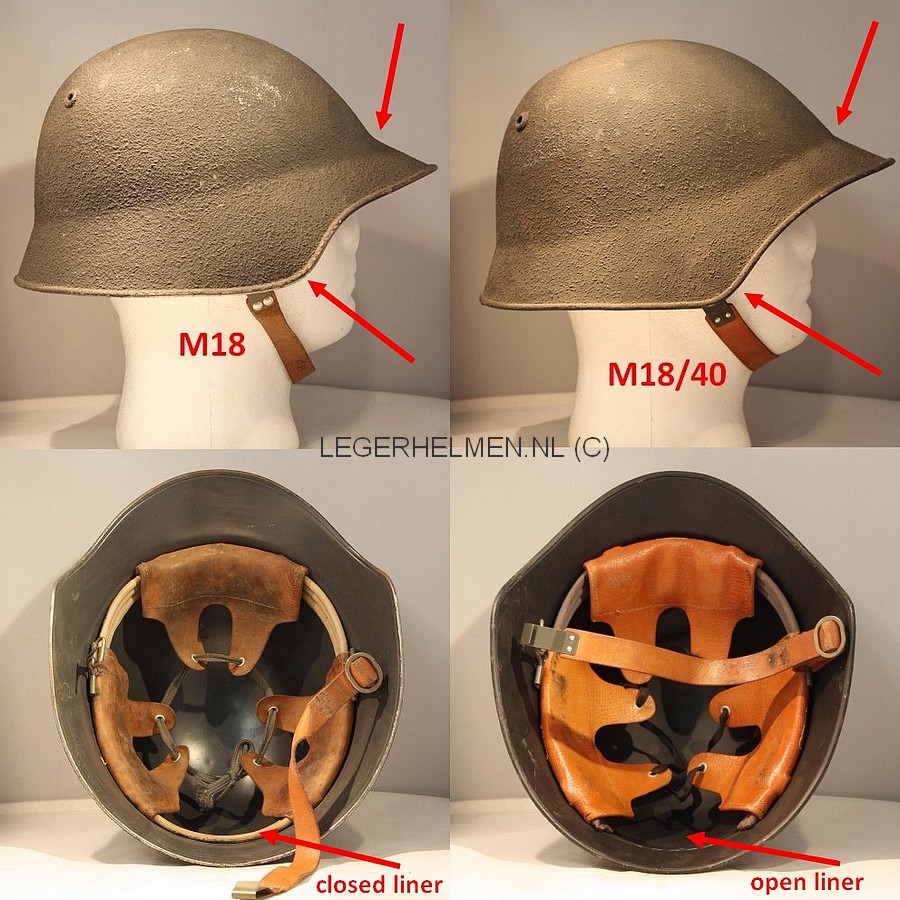 |
| |
 |
| |
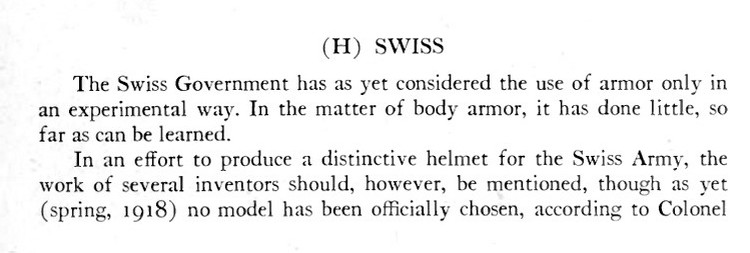 |
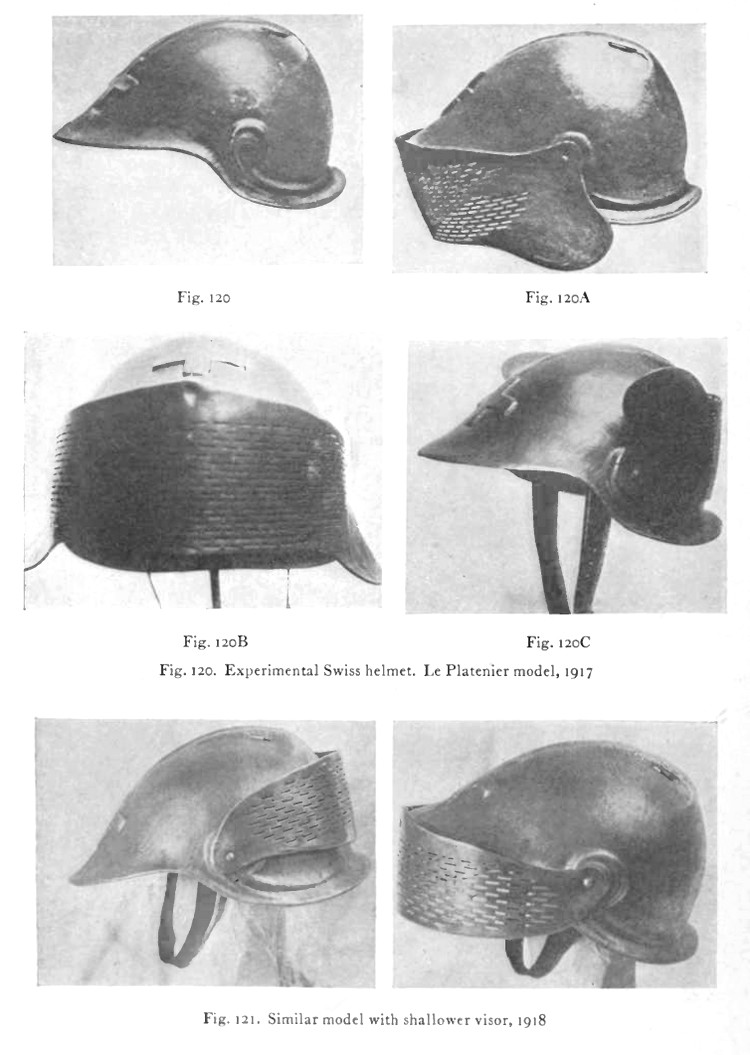 |
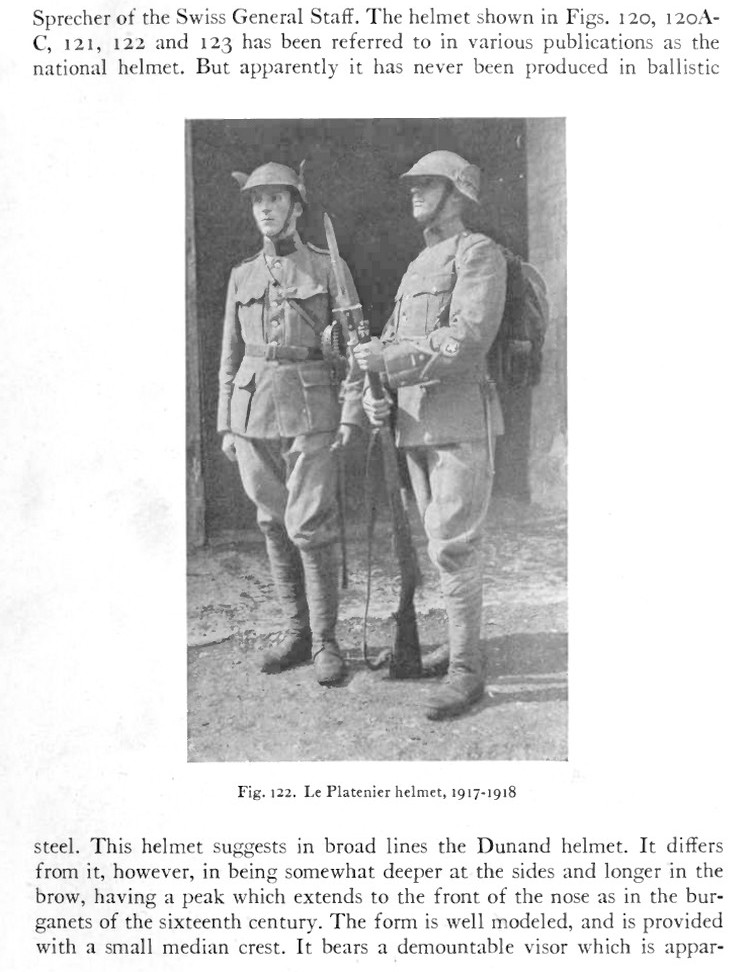 |
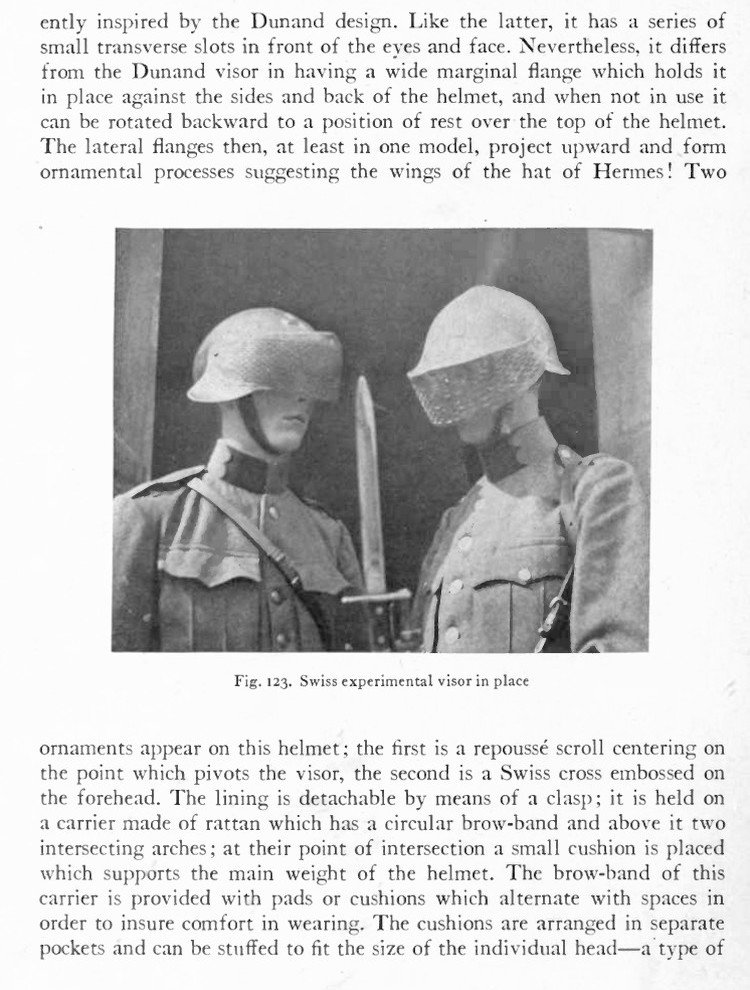 |
 |
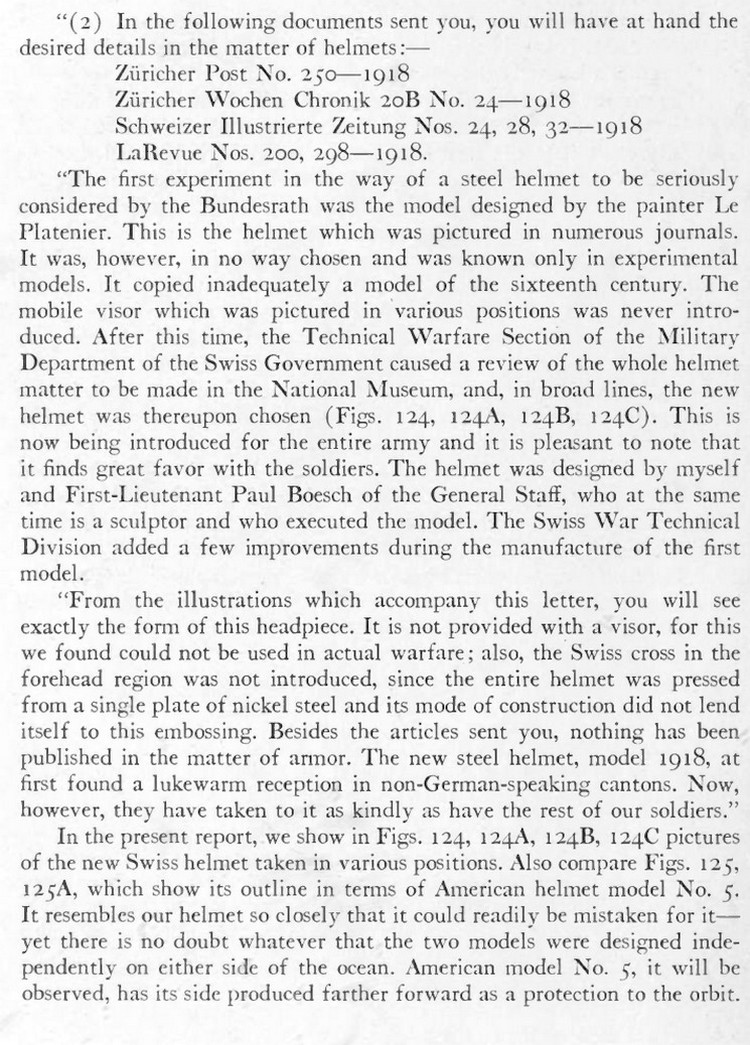 |
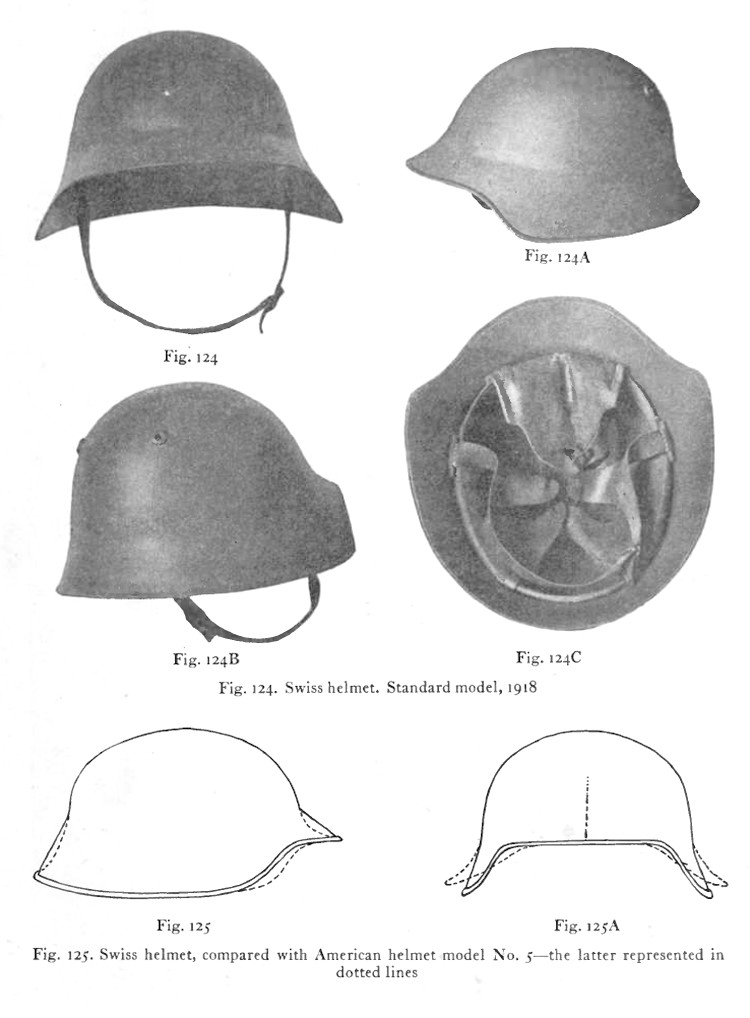 |
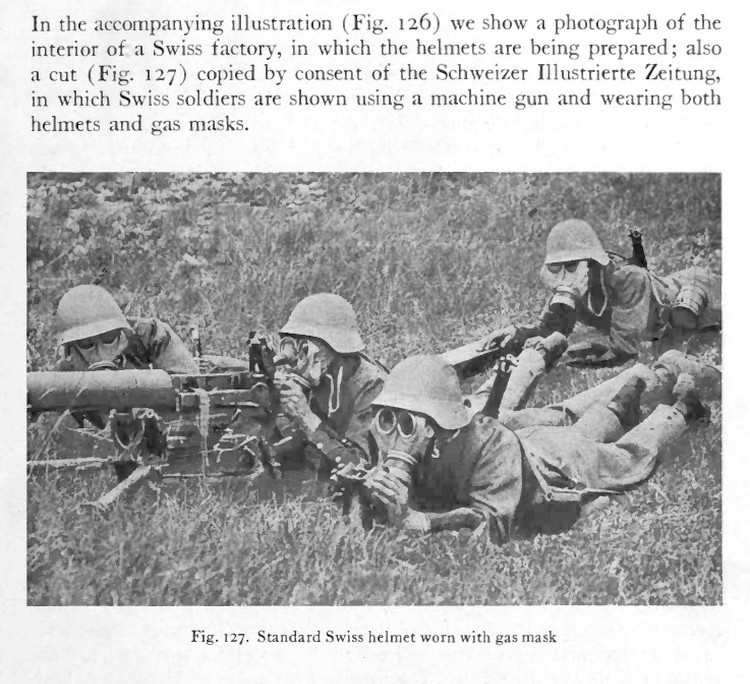 |
| |
 |
 |
| copyright Ben van Helden (c) Alle
rechten voorbehouden 2023 |


















